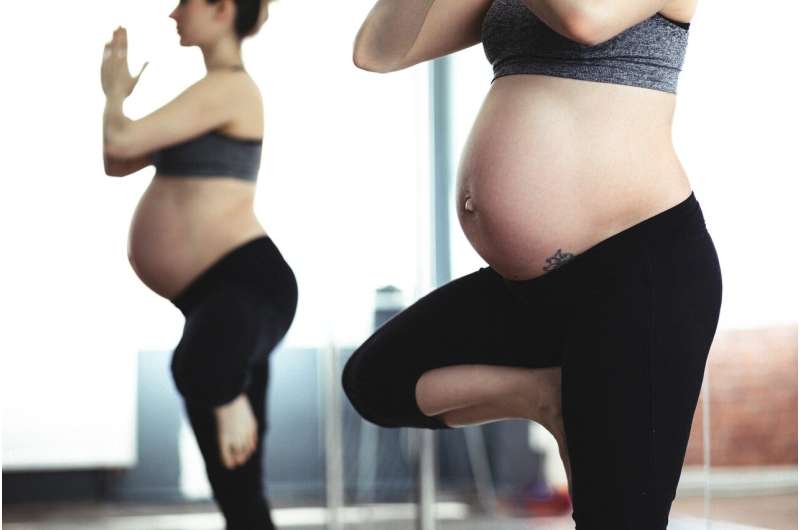
Levels of childbearing in all the countries of the UK were declining even before the pandemic. A new study suggests that the impact of COVID-19 could mean a further fall in fertility rates to historically low levels.
At present, there is little information on pregnancy rates during 2020, or on live birth rates in the first quarter of 2021. Researchers will not know the true impact of the COVID-19 pandemic on fertility rates in the UK between 2021 and 2023 until data become available. Using previous findings on how ‘economic shocks’ affect society, this study creates ‘what if’ scenarios to test how the pandemic might affect the number of babies born in the UK, and whether we will be facing a baby boom, or a baby bust.
Having considered four scenarios of how the COVID-19 pandemic might affect individuals at different ages, three out of four of the scenarios showed an expected fall in the number of births over the next three years. If these scenarios play out, it will lead to significantly fewer births each year compared with the pre-pandemic period.
The research team, led by Professor Ann Berrington at the University of Southampton, have examined fertility trends in the UK as part of the Economic and Social Research Council’s Fertility Trends project and the ESRC Centre for Population Change. They have found that fertility rates are persistently lower in Scotland than in England and Wales, and consistently higher in Northern Ireland but, in all countries of the UK, fertility rates have been declining for all age groups. This is true even among older women in their late thirties and forties, among whom fertility had previously risen due to more women at older ages having children after previously delaying their childbearing.
The Office for National Statistics (ONS) provisional estimate of the total fertility rate (TFR) for England and Wales, based on the first three quarters of 2020, suggests that fertility rates had fallen to historically unprecedented low levels even before the pandemic. The provisional TFR of 1.60 children per woman for England and Wales is lower than that seen during the 1930s or 1970s. The researchers highlight that any impact of COVID-19 on fertility rates must be viewed in this already unusual context.
The researchers put forward a number of mechanisms through which the pandemic could affect childbearing, according to the age of the individual and the presence of children. For people under the age of thirty, most of the mechanisms exert a depressing effect on childbearing. Some possible reasons include a lack of socialising because of lockdowns, and more economic uncertainties caused by the fallout of the pandemic. Historical evidence on fertility rates following the 2008 recession from other Northern and Western European countries suggests that it is young people who are most likely to see a decline in rates of childbearing.
Among those who already have at least one child, and among older couples who are more stable in their housing and financial situations, there are a number of pandemic-related issues that could result in them having fewer children. These could include, for example, concerns about the reduced support from health services or family and friends during the pandemic. There are also ways the pandemic might increase the likelihood of people having more children. For example, couples had more time to spend together at home during lockdowns, or unemployment may have provided people with an opportunity to step back from their careers to start a family or have another child.
Professor Berrington comments: “Our examination of some of the potential mechanisms through which the pandemic could affect childbearing suggests that recent declines in fertility rates could well be accelerated by the COVID-19 pandemic. The projected Total Fertility Rates from our four scenarios provided a range of possibilities, however three out of four of the scenarios suggested fewer births.”
She continues: “The observed number of births could move even further below the 2018-based ONS National Population Projections (NPPs). These factors will need to be considered by ONS when making the next set of NPPs, and by policy making groups and service providers when planning post-pandemic recovery.”
She adds: “The differences we have seen across all four scenarios, and the possible cumulative effects of the COVID-19 pandemic on childbearing rates in the UK, could have significant implications for service provision across the UK. Our examination of the potential mechanisms through which the pandemic could affect childbearing suggests that recent declines in fertility rates could well be accelerated by the COVID-19 pandemic.”
Source: Read Full Article





